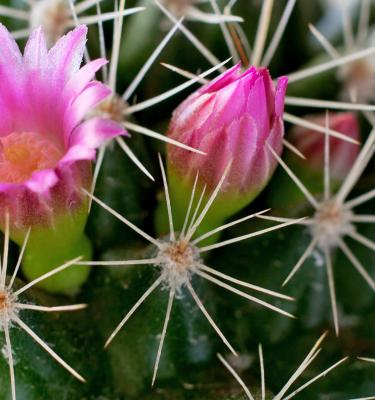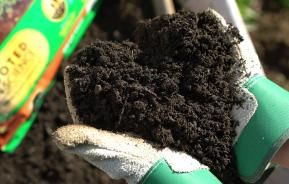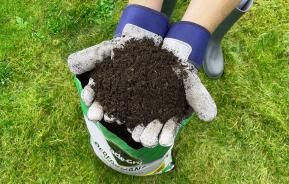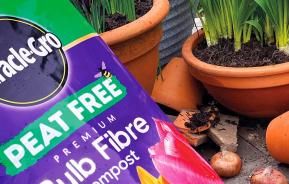Cacti are among some of our most popular – and fascinating – houseplants. Many first-time gardeners – especially children – start their gardening and growing experiences with cacti, despite their spines.
This is probably down to the fact that cacti are very forgiving, and can go for months if not years without watering and feeding and can suffer all manner of neglect and abuse. However, if cared for, watered and fed when growing, they are more likely to grow well, flower and produce a fabulous display of blooms.
There are numerous different species and types of desert cacti, including prickly pear cactus (Opuntia) and Saguaro cactus (Carnegiea).
There are also the so-called ‘forest cacti’, which don’t live in deserts but in jungle woodland attached to trees, such as Easter and Christmas cactus (Schlumbergera).
If you’re keen on cacti and want more information on them, visit the British Cactus & Succulent Society website. There’s even a Mammillaria Society.
How to grow cacti
Cultivation
Indoors, desert cacti need a brightly lit position, preferably a south-facing or west-facing aspect or grown in a conservatory or heated greenhouse with good, all-round light. They ideally need 4-6 hours of direct sunshine in summer.
They are not cold or frost hardy, but can be moved outside to a warm, sunny patio in summer. Make sure you bring them back indoors before the weather turns cold in early autumn.
Cacti need a minimum spring and summer temperatures of 18°C (65°F), but prefer cooler temperatures in autumn and winter of 7-13°C (45-55°F) while they’re dormant. Keep them away from sources of direct heat, such as radiators.
Cacti varieties
There are literally thousands of species and varieties of desert cactus. Some of the most popular to grow at home include Brachycalycium, Chamaecereus, Echinocereus, Echinopsis, Epiphyllum, Ferocactus, Gymnocalycium, Mammillaria, Mammillopsis, Notocactus, Rebutia and Trichocereus.
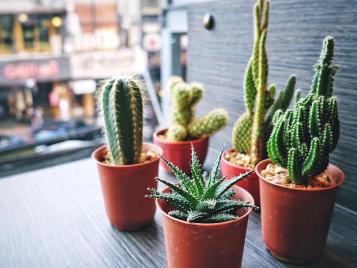
Planting cacti
Desert cacti must have a very well-drained compost, so either add extra grit to a John Innes Compost or, better still, use a compost specifically recommended for cacti and succulents.
Add a topdressing of gravel or pebbles on top of the compost to produce a natural, finished look and to help prevent the base of the plant sitting in wet compost, which could lead to rotting. This will also help weigh down the pot and help prevent tall plants falling over.
Suggested planting locations and garden types
Houseplant, indoor plant, summer patio plant.
How to care for cacti
There are many misconceptions about cactus growing conditions. Many people think you don’t have to water desert cacti. While they can survive extremely long periods of drought by storing water in their stems – which is how they survive dry, desert conditions – they grow and flower much better if given adequate supplies of water during their growing season.
For the perfect cacti care, water plants regularly but moderately when plants are in growth (from March/April to September), but more sparingly when dormant – watering once or twice a month or even less frequently may be sufficient in autumn and winter. Allow the compost to dry out slightly before watering again.
Feed with a balanced liquid feed once a month during the growing season from late spring to late summer.
Cacti will flower better if kept in small pots, so only repot when absolutely necessary and into the next size pot in spring.
| Flowering season(s) | Spring, Summer, Autumn |
|---|---|
| Foliage season(s) | Spring, Summer, Autumn, Winter |
| Sunlight | Full sun |
| Soil type | Loamy |
| Soil pH | Neutral |
| Soil moisture | Well-drained |
| Ultimate height | Very variable and depends on species |
| Ultimate spread | Very variable and depends on species |
| Time to ultimate height | 20-50 years |
